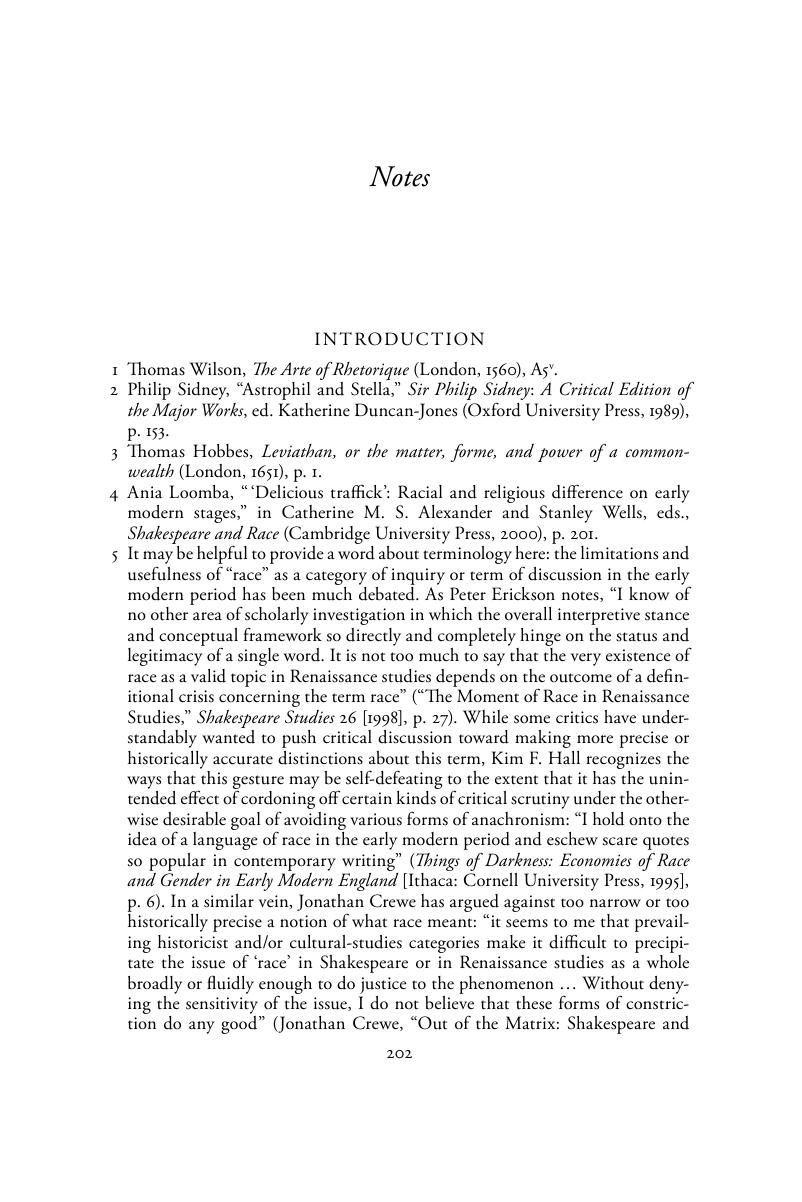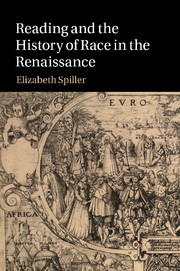Book contents
- Frontmatter
- Contents
- Acknowledgements
- Introduction: Print Culture, the Humoral Reader, and the Racialized Body
- 1 Genealogy and race after the Fall of Constantinople: From The King of Tars to Tirant lo Blanc and Amadis of Gaul
- 2 The form and matter of race: Aethiopika, hylomorphism, and neo-Aristotelian readers
- 3 The conversion of the reader: Ariosto, Herberay, Munday, and Cervantes
- 4 Pamphilia's black humor: reading and racial melancholy in the Urania
- Notes
- Index
- References
Notes
Published online by Cambridge University Press: 01 June 2011
- Frontmatter
- Contents
- Acknowledgements
- Introduction: Print Culture, the Humoral Reader, and the Racialized Body
- 1 Genealogy and race after the Fall of Constantinople: From The King of Tars to Tirant lo Blanc and Amadis of Gaul
- 2 The form and matter of race: Aethiopika, hylomorphism, and neo-Aristotelian readers
- 3 The conversion of the reader: Ariosto, Herberay, Munday, and Cervantes
- 4 Pamphilia's black humor: reading and racial melancholy in the Urania
- Notes
- Index
- References
Summary

- Type
- Chapter
- Information
- Reading and the History of Race in the Renaissance , pp. 202 - 246Publisher: Cambridge University PressPrint publication year: 2011



